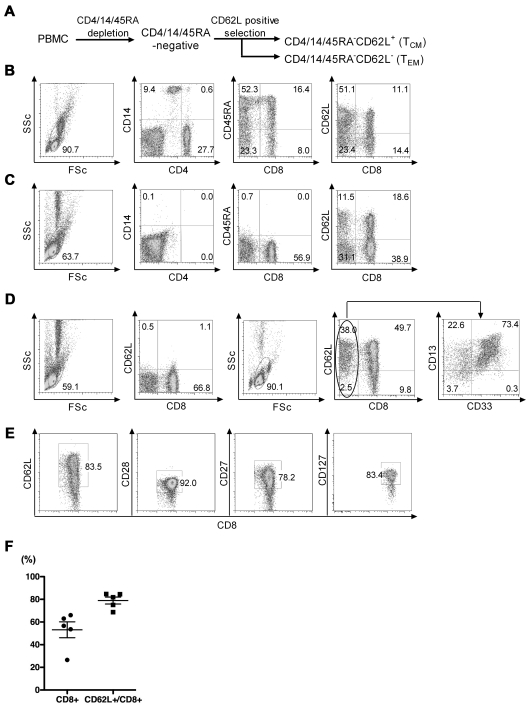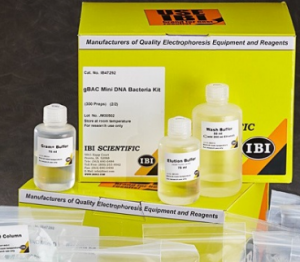The adoptive switch of donor T cells which have been genetically modified to acknowledge leukemia may stop or deal with leukemia relapse after allogeneic HSCT (allo-HSCT). However, adoptive remedy after allo-HSCT must be carried out with T cells which have an outlined endogenous TCR specificity to keep away from GVHD.
Ideally, T cells chosen for genetic modification would even have the capability to persist in vivo to make sure leukemia eradication.
Here, we offer a technique for deriving virus-specific T cells from CD45RA(-)CD62L(+)CD8(+) central memory T (T(CM)) cells purified from donor blood with scientific grade reagents, and redirect their specificity to the B-cell lineage marker CD19 by lentiviral switch of a gene encoding a CD19-chimeric Ag receptor (CAR).
Virus-specific T(CM) have been selectively transduced by publicity to the CD19 CAR lentivirus after peptide stimulation, and bi-specific cells have been subsequently enriched to excessive purity utilizing MHC streptamers.
Activation of bi-specific T cells by the CAR or the virus-specific TCR elicited phosphorylation of downstream signaling molecules with related kinetics, and induced comparable cytokine secretion, proliferation, and lytic exercise. These research determine a technique for tumor-specific remedy with CAR-modified T cells after allo-HSCT, and for comparative research of CAR and TCR signaling.

Rapid identification of monospecific monoclonal antibodies utilizing a human proteome microarray.
To broaden the vary of instruments out there for proteomic analysis, we generated a library of 16,368 distinctive full-length human ORFs which can be expressible as N-terminal GST-His(6) fusion proteins.
Following expression in yeast, these proteins have been then individually purified and used to assemble a human proteome microarray.
To exhibit the usefulness of this reagent, we developed a streamlined technique for the manufacturing of monospecific monoclonal antibodies that used immunization with reside human cells and microarray-based evaluation of antibody specificity as its central parts.
We confirmed that microarray-based evaluation of antibody specificity may be carried out effectively utilizing a two-dimensional pooling technique. We additionally demonstrated that our immunization and choice methods lead to a big fraction of monospecific monoclonal antibodies which can be each immunoblot and immunoprecipitation grade. Our information point out that the pipeline offers a sturdy platform for the era of monoclonal antibodies of distinctive specificity.




